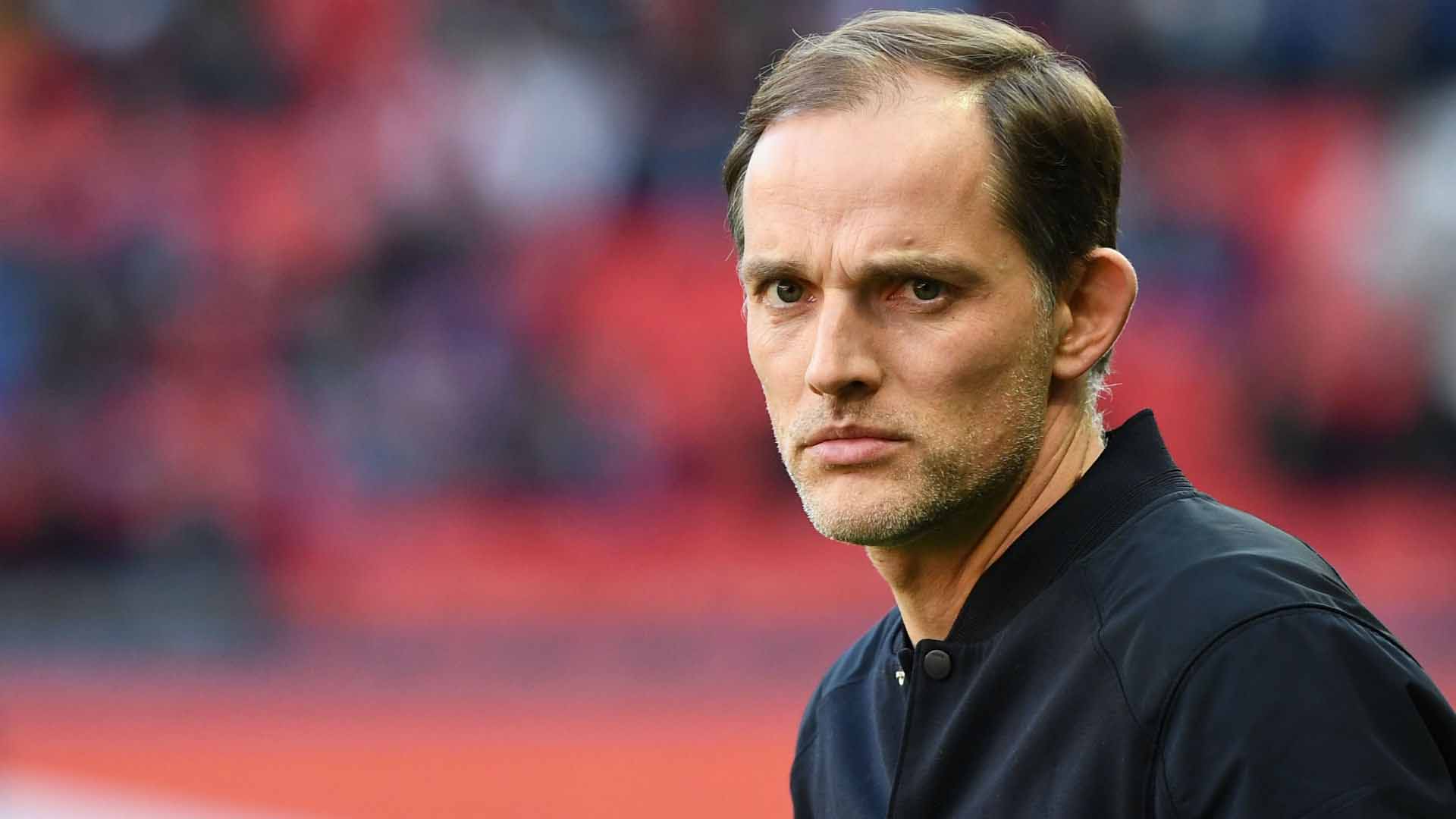Financial Fair Play and Profit and Sustainability rules have been in the news so much recently that the average football fan is perhaps sufficiently knowledgeable about finances and accounts at this point.
Nottingham Forest and Everton are set to face punishments for the breach of the latter while nobody quite knows what to make of the 115 charges against Manchester City.
In the meantime, a pattern has emerged amongst clubs that have found a “loophole” of sorts in the system, causing a massive ripple effect in how they do business.
Youth Academy- The Cash Cow
To understand this notion of how youth academies have become a cash cow for elite clubs, we first need to delve into how profit and losses are covered under FFP and PSR.
Any transfer spent is amortised over a player’s contract. It means that if a player is signed for 100 million on a five-year contract, his cost to the club will be 20 million each year.
On the other hand, any incoming transfer fee is immediately shown as profit in full by the selling club.
Therefore, if a club sells a player for thirty million, they can sign a 100 million player on a five-year contract and still be in profit of 10 million.
This is why Todd Boehly was so eager to sign up players on long-term contracts ranging up to eight years. This loophole was quickly closed by the Premier League when they said players can sign as long a contract as they want, but the amortisation can’t exceed five years.
This is where the youth academies came as a godsend.
Since a player from the youth academy is generally on the club’s books from a young age or in some cases, signed from other clubs for a nominal fee which makes barely a dent on the accounts, any sale of such a player is “pure profit”.
For example, Antony signed for United last summer for £85 million. With a year done on his contract, his “book value” is still £68 million, with £17 million “spent” last year on a five-year basis.
If United sold Antony for less than £68 million, that’s a huge loss on the FFP and PSR books.
On the other hand, even getting £15 million for Dean Henderson last summer, an academy product, would have allowed United to buy a £75 million player on a five-year contract (15×5=75). That is because in the case of Henderson, the “cost to club” was zero.
This phenomenon has led to a scenario where any club that skirts the edges of breaking the rules puts up youth players for sale first.
The most extreme example of this case can be seen at Chelsea currently. Despite being a key player for Pochettino, even captaining his side, Connor Gallagher is a prime candidate to get sold because his cost to the club is zero as he’s an academy product.
Aston Villa are remarkably contemplating a sale of Jacob Ramsey because selling a youth product is the surest way to get under the limit of FFP/PSR.
It is ironic, therefore, that a rule which was brought in to encourage smart spending by the clubs, effectively giving more chances to their own players instead of buying from other clubs, has led to a scenario where their own players are the first ones on the market.




